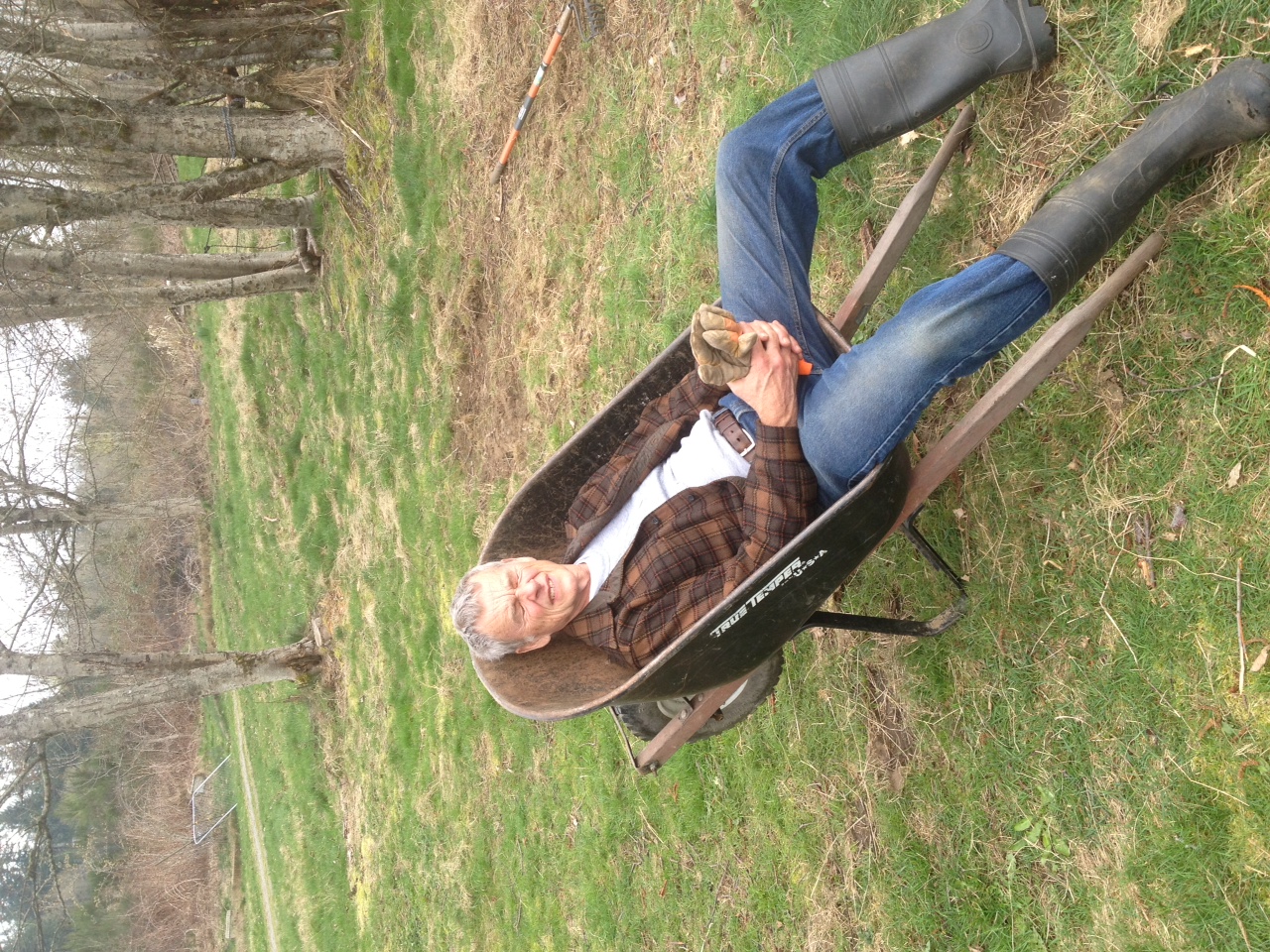November Rain
- Ken Campbell

- Nov 16, 2021
- 3 min read

The seasonal pattern of rain on the farm is such that the rains begin in earnest in Mid-October. By mid-November, those parts of the pastures close to the creek are flooded as are the hayfields. The floodwater comes from the overflowing creeks: Otter Creek, which is the outflow from adjacent Spring Lake, and the drainage outflow from nearby Lake Desire, which joins Otter Creek on the farm. There is also runoff and seepage from the now-saturated surrounding lands and this naturally goes to the low-lying meadows of the pasture and hayfields.
The extent of flooding depends on the recent works of beavers; if the dams have been re-built and extended, flooding will be extensive. On the other hand, if the dams have deteriorated and have not been maintained, flooding will be only moderate. The farm is a classic case of the pluses and minuses of beavers. There is no question that the beavers contribute to the conservation attributes of the farm but, also, they can be a nuisance by contributing to flooding and generating ire in the landowner.
To help come to grips with this dichotomy, Jay recently directed me to read the book “Eager” by Ben Goldfarb. The author offers no solution to the beaver problem but does make the argument that there is a need and a rational reason for living with it.
The flooding attracts ducks and geese and they come in flocks. It is hard to know if these are local birds who keep an eye on foraging opportunities in the area and go to places as they become newly attractive. Or, are these recently arrived migrants who spot the flooded farm as an excellent fueling station.
My impression is that these are local birds who are very familiar with the small acreage suburban setting of this south Seattle community. They seem to be comfortable and at ease with people, cars, and farm animals, including dogs.
Prior to moving to the farm, I lived on the banks of the Columbia River in central Washington. From my front room window, I observed the spectacle of the geese.
A favorite gathering place for geese was the mid-river island just in front of my window. During the winter I saw thousands of migrant geese on the island.
On 20 December 2016, as on most winter evenings, the island filled with geese. As it turned dark and birds accumulated, the island literally erupted in goose music. It is difficult to find descriptive words for this sound. If you imagine the strongest choral symphony possible singing ode to joy in the final movement of Beethoven’s 9th symphony and then translate that sound into the vocal capacity of the wild goose, you might get a feeling for how powerful that evening concert became.
I was mesmerized by the wonder of it all.
In that Columbia River house, I often awoke in the middle of the night and went onto the deck. I stood with bare feet on the cold decking and shivered in the freezing temperature. I didn’t stay out there long. From the light cast by the night sky, I saw the big river sliding past the island and I heard the murmur of the gathered geese. I listened to the geese in the dark and was transported to those primal times when man and nature shared a common soul. Having touched bases with my primitive past and having become thoroughly chilled, I went back to my warm bed.
That was before I moved to the farm. The setting on the farm could not be more different than what it was in central Washington on the banks of the Columbia. But geese are here. These geese follow a different timetable and their vocals are tuned to a different musical score than those on the Columbia. But the resonance with my psyche is similarly satisfied by these birds on the farm just as it was by the birds on the Columbia.
I expect that I will be privileged to hear goose music all the rest of my life.






Comments